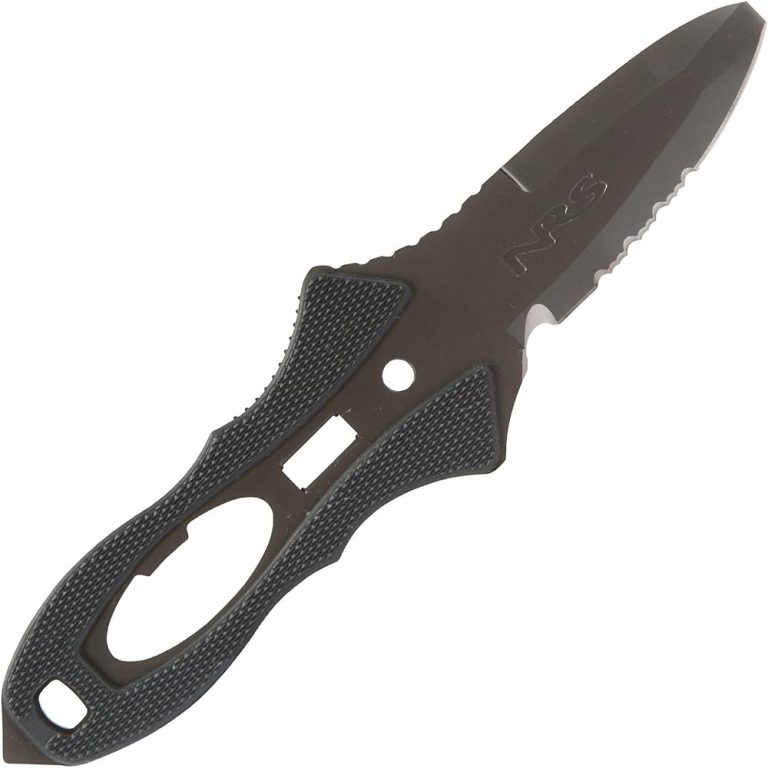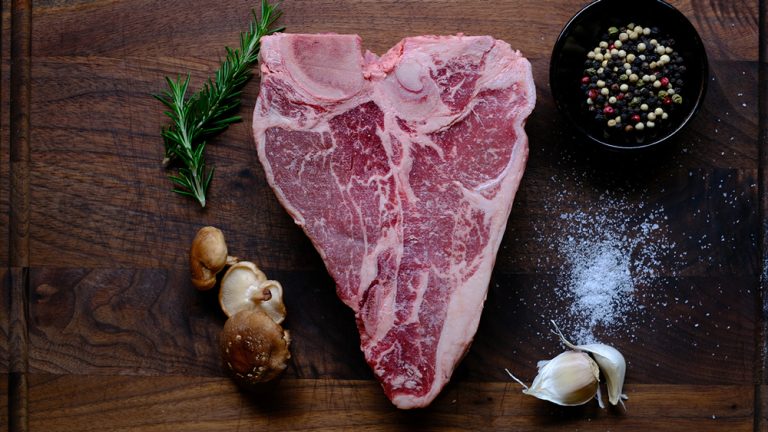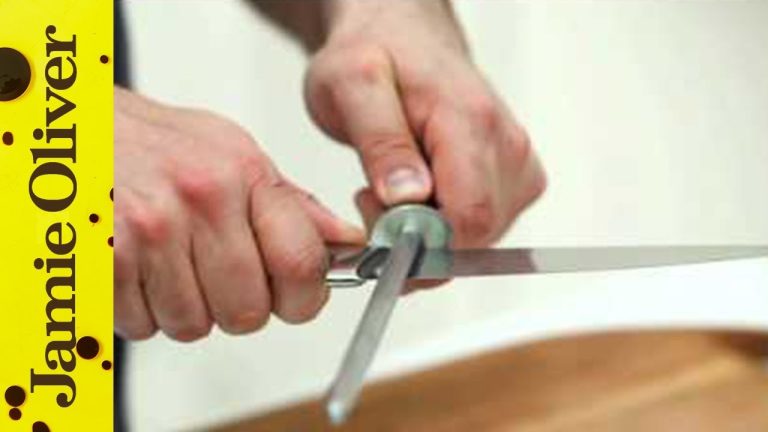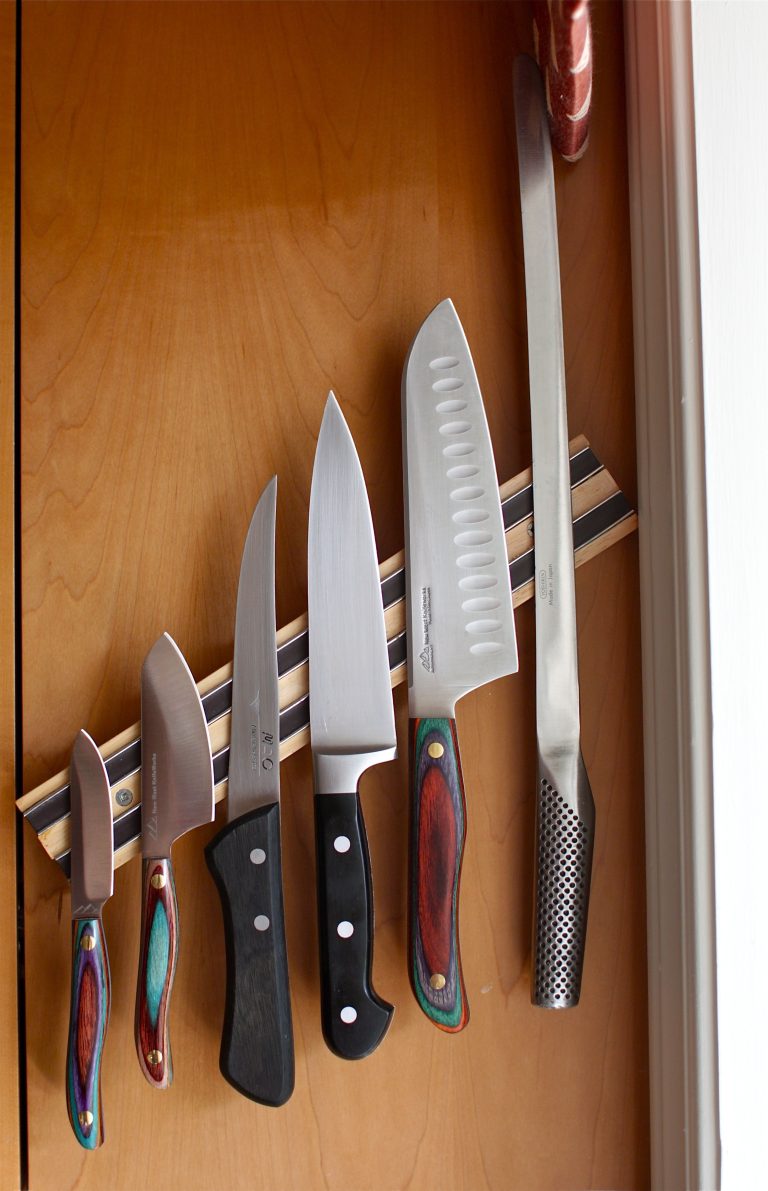Different Knife Cuts: Mastering the Art of Prepping Food
Different knife cuts refer to specific ways of cutting ingredients in the kitchen, such as julienne, dice, and chiffonade, to achieve desired shapes and sizes. Mastering various knife cuts is essential for efficient cooking and creating visually appealing dishes.
Precision in knife cuts not only enhances the presentation of food but also ensures even cooking and proper texture. By employing different knife cuts, chefs can transform raw ingredients into beautiful and consistent pieces that contribute to the overall taste and aesthetics of a dish.
From symmetrically shaped cubes to thin, long strips, each knife cut technique serves a specific purpose and can greatly impact the outcome of a recipe. Understanding and properly executing different knife cuts adds professionalism and finesse to culinary creations.
The Importance Of Knife Skills
Knife skills are a fundamental aspect of cooking that can greatly enhance efficiency in the kitchen. By mastering different knife cuts, you can not only improve the appearance of your dishes but also ensure even cooking.
When it comes to enhancing efficiency, having strong knife skills allows you to work more quickly and effectively. The ability to chop, mince, and slice ingredients with precision can save valuable time, especially when preparing complex recipes.
Moreover, properly executed knife cuts can greatly impact the visual appeal of your dishes. Uniformly diced vegetables, perfectly sliced meats, and elegantly julienned fruits can elevate the presentation and make your creations look even more appetizing.
In addition to aesthetics, knife skills also contribute to even cooking. By cutting ingredients into similar-sized pieces, they will cook at a consistent rate, resulting in a harmonious blend of flavors and textures.
To sum up, developing strong knife skills is essential for any cook or chef. It allows for greater efficiency in the kitchen, improves the visual appeal of dishes, and ensures even cooking. So, take the time to practice different knife cuts and elevate your culinary prowess.
Basic Knife Cuts
The julienne cut involves slicing vegetables or other ingredients into long, thin strips. It’s commonly used in dishes such as stir-fries and salads, adding visual appeal and promoting even cooking.
The brunoise cut is a finer dice cut, resulting in small, uniform cubes. This technique is often used for garnishes, sauces, and soups, as it ensures consistent cooking times and presentation.
The dice cut produces uniform cubes of various sizes, depending on the desired outcome. This versatile cut can be used for vegetables, fruits, and proteins, adding texture and uniformity to dishes.
Advanced Knife Cuts
The chiffonade cut is a technique where leafy greens, such as basil or spinach, are rolled tightly and sliced into delicate ribbons. Perfect for adding a touch of elegance to dishes, this cut enhances both presentation and flavor.
The batonnet cut involves creating long, even sticks of vegetables or fruit. With precise knife skills, you can achieve uniform pieces that are ideal for stir-fry dishes or crudités platters. It adds visual appeal and ensures even cooking.
The paysanne cut refers to small, thin and perfectly even square or rectangular pieces. This cut is commonly used for root vegetables and allows for quick and even cooking. Adds a visually pleasing element to dishes like stews and soups.
Knife Cuts For Specific Ingredients
Knife Cuts for Specific Ingredients
Mirepoix is a popular knife cut used in soups and stews. It consists of finely diced carrots, onions, and celery that add flavor and aroma to these dishes. The mirepoix provides a solid base for building rich, savory flavors in your favorite recipes.
The suprême cut is perfect for citrus fruits. It involves removing the skin and pith of the fruit, carefully cutting out the juicy segments while avoiding any bitter membrane. This cut is visually appealing and enhances the enjoyment of citrus fruits, whether eaten on their own or incorporated into dishes.
The oblique cut is primarily used for presentation purposes. It involves slicing ingredients diagonally, creating elongated and angled pieces that add an elegant touch to dishes. This cut is often used to garnish salads, stir-fries, and other visually stunning dishes.
Knife Techniques For Safety And Precision
|
Different Knife Cuts
Knife Techniques for Safety and Precision Proper Grip and Positioning Proper grip and positioning when using a knife are crucial for safety and precision. Hold the handle firmly with your dominant hand, keeping your fingers curled around it. Place your other hand on top of the blade, using your fingertips to guide the cutting motion. This grip provides better control and reduces the risk of accidental slips or cuts. Stand with your feet shoulder-width apart, ensuring stability while cutting. By maintaining a strong and stable grip, you can confidently tackle various cutting tasks with accuracy and minimize the chances of injuries. Maintaining Sharpness and Honing Keeping your knife sharp is essential for effective knife techniques. Regularly sharpen the blade using a sharpening stone or a honing rod. Slide the blade along the stone or rod at a consistent angle, applying gentle pressure. This helps maintain the knife’s sharpness and ensures smoother cuts. Remember, a dull knife can be dangerous as it requires more force and can easily slip. Honing the blade after use also helps realign the edge and keeps it in optimal condition. Regular maintenance and honing will extend the lifespan of your knife and enhance its cutting performance. Slicing vs Dicing Techniques When it comes to slicing and dicing techniques, there are a few key differences. Slicing involves making long, even cuts through ingredients, such as slicing tomatoes or slicing meat for a roast. Hold the knife at a slight angle and use a smooth, sweeping motion to create thin, uniform slices. On the other hand, dicing involves cutting ingredients into small, cube-like pieces. Start by slicing the ingredient into even planks, then stack them and cut crosswise to create cubes. Mastering these techniques requires practice, but with proper grip, sharpness, and technique, you can achieve consistent and professional-looking cuts in your culinary creations. |

Credit: mashable.com
Tips And Tricks For Mastering Knife Skills
Mastering knife skills is essential for any chef or home cook, and practice makes perfect. One of the first steps in improving your knife skills is choosing the right knife for the job. Each knife has its own unique purpose and using the correct knife can greatly enhance your cutting technique. Additionally, utilizing cutting boards and tools properly can make a significant difference in your knife skills. Always use a cutting board that is stable and won’t slide around during use, and make sure it is clean and sanitized. Additionally, investing in quality cutting tools such as honing steels and sharpening stones can help maintain the sharpness of your knives, ensuring precise and effortless cuts.
Conclusion
To sum it up, mastering different knife cuts is a valuable skill that every chef should strive for. Whether you’re a professional in a high-end restaurant or a passionate home cook, understanding the various techniques can elevate your culinary creations to new heights.
From the precise julienne to the cozy rustic chop, each cut brings its own unique texture and presentation to the table. Moreover, the correct knife cuts not only enhance the aesthetics of your dishes but also ensure even cooking and consistent flavors.
So, remember to choose the appropriate knife for the task at hand, practice your knife skills, and always prioritize safety. With time and experience, you’ll become more proficient in the art of knife cuts, opening up a world of culinary possibilities.
Let your creativity flow and enjoy the journey of mastering this essential aspect of cooking.






